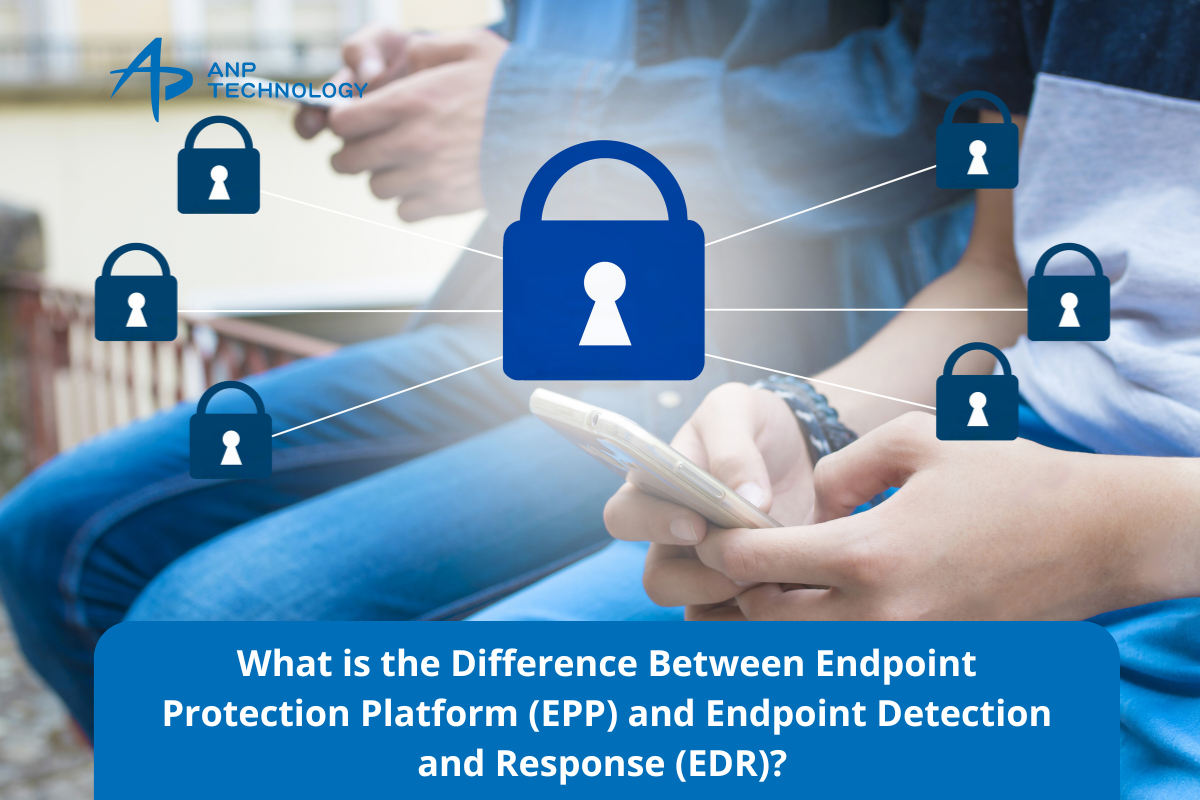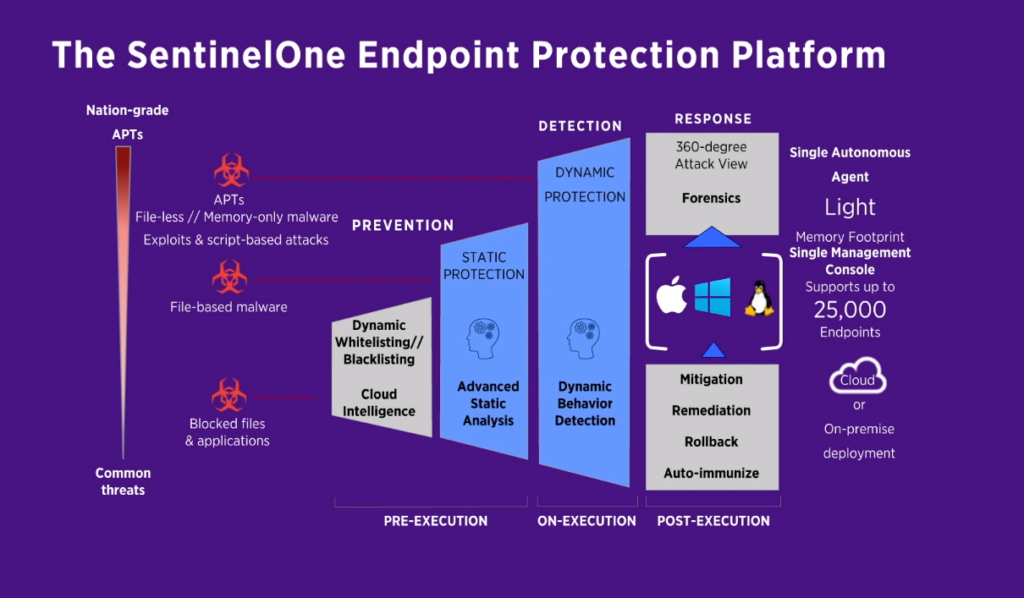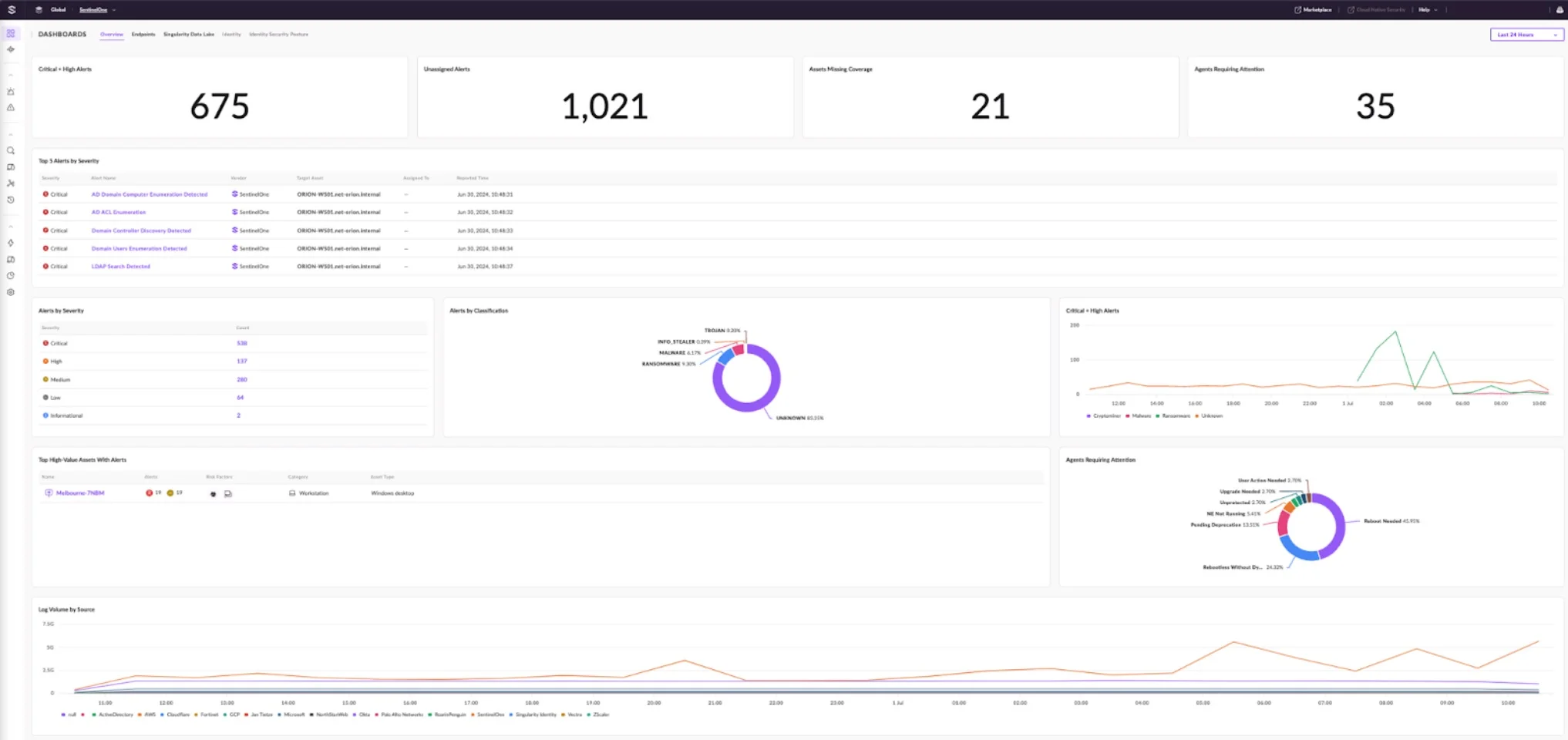
In today’s ever-evolving cybersecurity landscape, protecting endpoints — the devices and systems that connect to an organization’s network — has become increasingly critical. As cyber threats grow more sophisticated, businesses require robust security solutions to safeguard their sensitive data and operations. Two widely adopted endpoint security solutions are Endpoint Protection Platform (EPP) and Endpoint Detection and Response (EDR). While both are essential in defending against cybersecurity threats, they serve different functions. In this article, we will explore the differences between EPP and EDR, and help clarify which solution might be most appropriate for your organization’s needs.
What is Endpoint Protection Platform (EPP)?

An Endpoint Protection Platform (EPP) is a security solution designed to protect endpoints from a variety of security threats. Traditionally, EPP has been the go-to solution for basic endpoint protection, incorporating multiple tools and techniques to prevent threats before they infiltrate the system.
Key Features of EPP:
- Antivirus and Antimalware: EPP typically includes signature-based antivirus protection that relies on databases of known malware to detect and block malicious files.
- Firewalls: EPP often comes with a built-in firewall to monitor and block unauthorized access to the network or device.
- Device Control: This feature prevents unauthorized devices from being connected to endpoints, thereby preventing potential security breaches.
- Web Filtering: EPP solutions often come with web filters to block access to harmful websites or those known to host malware.
The primary function of EPP is prevention. It aims to stop threats such as viruses, ransomware, and malware before they can execute on an endpoint. EPP uses predefined rules and signatures to identify known threats and block them in real time, minimizing the risk of system compromise.
Use Case for EPP:
EPP is best suited for environments where the primary need is basic protection against well-known, established threats. It’s ideal for companies that require preventive security but are not yet in need of deep, advanced threat detection capabilities.
What is Endpoint Detection and Response (EDR)?

Endpoint Detection and Response (EDR) solutions, on the other hand, take a more proactive and advanced approach to endpoint security. Unlike EPP, which primarily focuses on prevention, EDR focuses on detection, investigation, and response to threats that have already infiltrated the system.
Key Features of EDR:
- Continuous Monitoring: EDR systems provide real-time monitoring of endpoint activity, identifying any suspicious behavior that could indicate a potential security incident.
- Threat Detection: EDR uses advanced techniques, such as behavioral analysis, anomaly detection, and machine learning, to detect threats that traditional antivirus programs might miss, including zero-day attacks.
- Incident Investigation: When a threat is detected, EDR platforms provide detailed logs, data analysis, and forensics, allowing security teams to investigate and understand the attack’s origins and impact.
- Response and Remediation: EDR solutions often include automated or manual response capabilities, such as isolating infected devices, killing malicious processes, or rolling back system changes to mitigate the effects of an attack.
The primary goal of EDR is to provide detection and response capabilities for security events that bypass prevention measures. EDR solutions allow security teams to react swiftly, investigate threats, and remediate compromised endpoints to prevent further damage.
Use Case for EDR:
EDR is highly beneficial in detecting advanced and persistent threats that could evade traditional prevention-based systems. For organizations with sophisticated attack vectors, EDR ensures continuous monitoring, detailed investigation, and rapid response to mitigate the risk of undetected breaches.
The Key Differences Between EPP and EDR
While both EPP and EDR solutions aim to protect endpoints, they approach security in fundamentally different ways. Here are the key distinctions:
- Focus: EPP is focused on prevention — stopping known threats from infiltrating the system in the first place. EDR is focused on detection and response — identifying threats that have already entered the system and taking steps to address them.
- Threat Detection: EPP relies on signature-based detection and predefined rules to identify known threats. EDR uses advanced detection methods, including behavioral analysis, machine learning, and anomaly detection, to identify unknown or evolving threats.
- Response: EPP does not typically include response capabilities beyond blocking and quarantining malware. EDR includes built-in response actions such as isolating infected devices, killing processes, or rolling back changes, allowing organizations to contain and mitigate attacks faster.
- Visibility: EPP offers limited visibility into endpoint activities. It primarily focuses on detecting and blocking threats based on predefined signatures. EDR provides deep visibility into endpoint activities, including detailed logs, forensics, and ongoing monitoring, giving security teams more insights into attack attempts.
- Use Case: EPP is suitable for smaller organizations or environments where basic protection against known threats is sufficient. EDR is suited for more advanced security needs, especially in organizations where sophisticated threats or persistent attacks are a concern.
Which One Should You Choose?
Deciding between EPP and EDR depends on the level of security your organization requires. If you’re looking for basic, preventive protection against known threats, EPP might be sufficient. However, for organizations facing more complex or evolving cyber threats, EDR offers the advanced detection and response capabilities needed to stay ahead of attackers.
For optimal security, many organizations adopt both solutions in tandem. EPP provides an initial layer of protection, while EDR offers deeper, real-time monitoring and response capabilities. This combination ensures a more comprehensive approach to endpoint security, where prevention and detection work hand-in-hand to protect against a wide range of cyber threats.
Conclusion
In summary, EPP and EDR are both critical components of endpoint security but serve different roles. While EPP is focused on prevention and blocking known threats, EDR focuses on detecting, investigating, and responding to more sophisticated and evolving threats that might bypass traditional security measures. Understanding these differences is crucial in selecting the right solution for your organization’s security needs.
If you need to use EDR or EPP SentinelOne in your company ? contact us for detail



